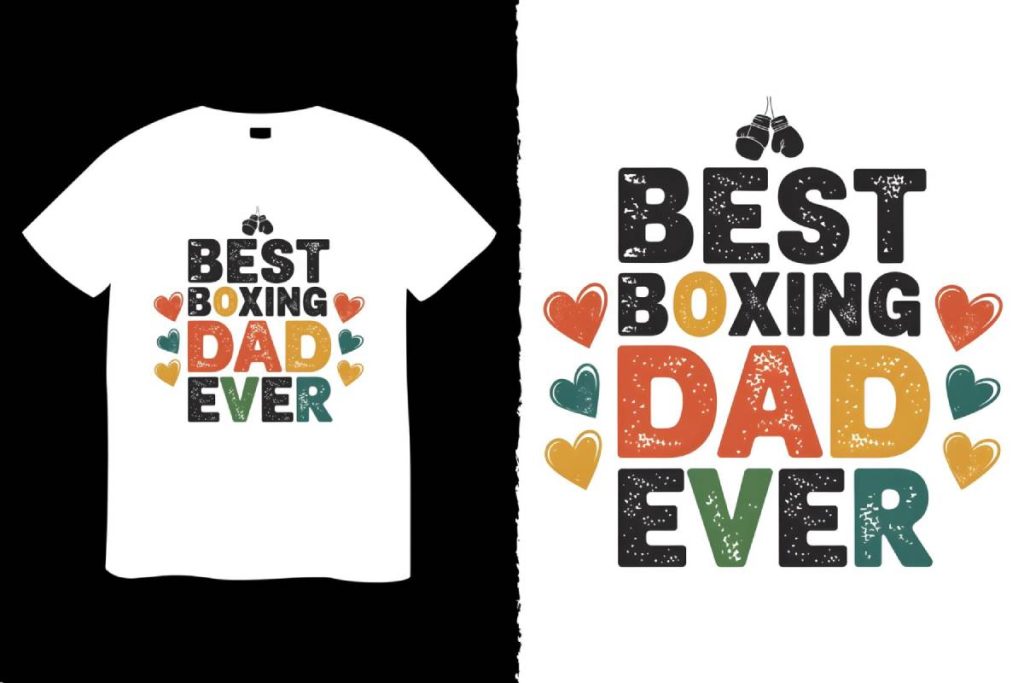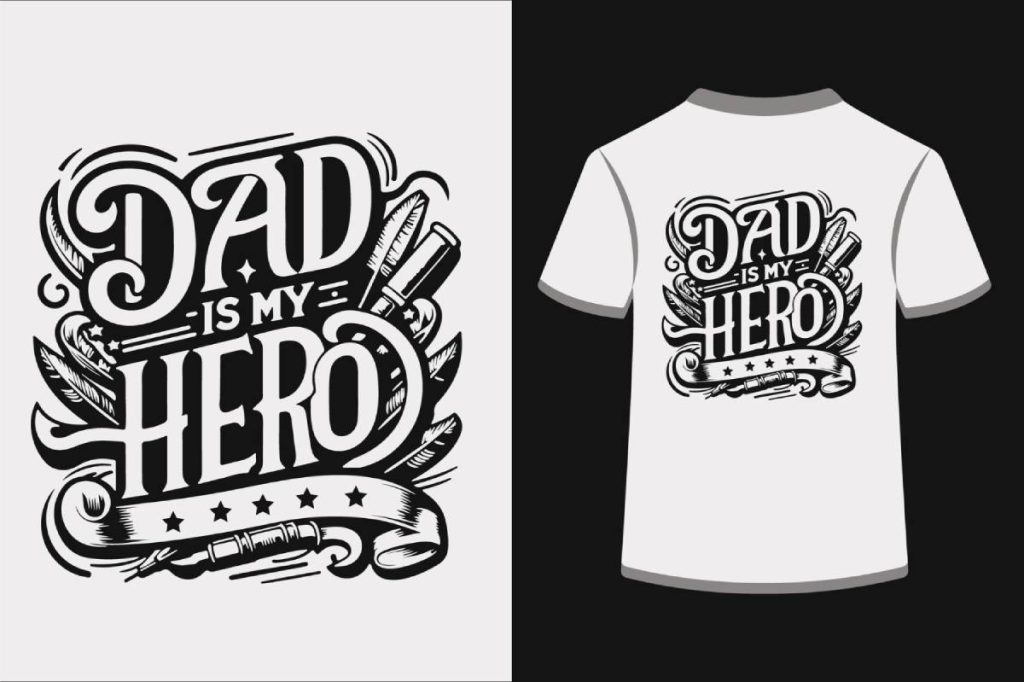DTF transfers, or Direct-to-Film transfers, are transforming the landscape of custom printing with their ability to create stunning designs that captivate audiences. This innovative method allows for vibrant colors, intricate details, and diverse applications, making it ideal for everything from apparel to bespoke accessories. As we explore the DTF design process, we’ll share essential techniques and DTF transfer tips to enhance your craftsmanship. With the right tools and knowledge, anyone can master this unique printing style and revel in the endless possibilities of custom DTF transfers. Join us as we unlock the secrets to achieving high-quality prints that stand out in today’s competitive market.
In the realm of custom artwork, Direct-to-Film printing stands out as a versatile and efficient solution for crafting eye-catching designs. Known for its ability to produce intricate patterns and vibrant colors, this printing method has garnered the attention of designers and hobbyists alike. Whether you’re looking to enhance clothing or create unique items, understanding the nuances of custom DTF transfers can elevate your projects to new heights. Through this guide, we will unpack not only the DTF transfer technique but also provide insights into the creative journey of bringing your artistic visions to life. Discover how mastering this process can pave the way for stunning, durable prints that leave a lasting impression.
The Benefits of Using DTF Transfers for Custom Designs
DTF transfers have quickly become a favorite among custom printing enthusiasts due to their versatility and efficiency. One of the primary benefits of DTF printing is its ability to produce vibrant and detailed full-color designs. Unlike screen printing, which can become complicated when working with multiple colors, DTF printing easily handles intricate patterns without compromising quality. This opens up a world of possibilities for artists and designers looking to create unique, eye-catching apparel and accessories that stand out in the market.
Additionally, DTF transfers are remarkably durable, making them ideal for various fabrics, including cotton, polyester, and blends. The prints remain intact even after multiple washes, ensuring that your designs maintain their vibrancy over time. This longevity is appealing for both consumers and businesses, as it means less need for replacement items, ultimately enhancing customer satisfaction and brand loyalty.
Mastering the DTF Design Process
Creating stunning designs with DTF transfers begins with mastering the DTF design process, which involves thoughtful planning and execution. Utilizing graphic design software such as Adobe Illustrator or CorelDRAW, designers can craft images that resonate with their target audience. Important factors to consider when formulating designs include selecting appropriate color palettes that align with current trends and incorporating strong visual elements that captivate viewers. A critical advantage of DTF over other printing methods is its ability to replicate high-resolution images with intricate details, allowing artists to express their creativity without constraints.
Moreover, ensuring that designs are optimized for the DTF printing process is essential. Artists should pay attention to resolution and dimensions, aiming for at least 300 DPI to guarantee sharp, clear prints. Testing different layouts and graphics can help determine the best approach for your specific materials, whether it be t-shirts, tote bags, or other products. By understanding the nuances of the DTF design process, creators can unlock the full potential of this innovative printing method, resulting in high-quality, captivating designs that appeal to customers.
Essential Equipment for DTF Printing
To successfully create and transfer your stunning DTF designs, having the right equipment is vital. A high-quality DTF printer is at the forefront of this process; it should be capable of handling specialized DTF inks and films to produce outstanding prints. When selecting a printer, prioritizing options that offer excellent color accuracy and resolution can make a significant difference in the final output. Investing in the right printer not only ensures you achieve exceptional print quality but also streamlines the entire workflow, saving time and resources.
In addition to a reliable DTF printer, a sturdy heat press is crucial for transferring your designs onto the fabric. Proper temperature and pressure settings are critical for the effectiveness of the transfer, impacting both the adhesion and final appearance of your graphic. Furthermore, don’t overlook the importance of high-quality DTF transfer film and powder adhesive in your setup. These components work together to form a durable bond that ensures your designs last through wear and washing, ultimately contributing to customer satisfaction.
Tips for Successful DTF Transfer Application
Applying your DTF transfers correctly is just as vital as the design and printing process. One key tip is to ensure accurate positioning of the transfer on the fabric to avoid misalignment, which can lead to unsightly results. Before pressing, it’s beneficial to mark the fabric lightly to gauge where the transfer should be placed, allowing room for adjustments. Proper alignment will guarantee that the finished product not only looks great but also meets customer expectations.
In addition to positioning, understanding the correct heat press settings for various fabric types is crucial. Different materials react differently to heat and pressure, thus knowing the right specifications for cotton compared to polyester can prevent mishaps during the transfer process. Moreover, always do a test run with a scrap piece of fabric to ensure that the settings are optimal for your chosen material. This practice helps in troubleshooting potential issues before they occur on the final product, ultimately saving time and reducing waste.
Current Trends in DTF Printing
The DTF printing landscape is evolving rapidly, with various trends shaping its growth and application. One notable trend is the increasing consumer demand for personalized and customized apparel. As more people seek unique wardrobe items that reflect their individuality, DTF transfers provide a fantastic method for crafting personalized designs at scale. Businesses and independent creators can leverage DTF technology to meet this growing need, creating bespoke items that appeal to niche markets.
Alongside personalization, there is a noticeable shift towards eco-friendly printing solutions. Innovators in the DTF sector are focusing on developing sustainable inks and materials that minimize environmental impact. This trend aligns with the rising consumer consciousness towards sustainability and ethical production practices. By incorporating eco-friendly options in your DTF printing process, you can attract environmentally-aware customers. Such actions not only promote a sustainable brand image but also contribute to a more sustainable future for the printing industry.
Best Practices for DTF Transfer Success
To maximize the success of your DTF transfers, it’s essential to adopt best practices throughout the design, printing, and application processes. One of the most effective practices is to conduct thorough test prints before executing a batch run. Test prints allow you to assess color accuracy, detail reproduction, and material compatibility, ensuring that your final products meet quality expectations. Additionally, this step helps identify necessary adjustments that may be needed to refine your processes, ultimately leading to better results.
Another significant practice is keeping up with the latest design trends, printing techniques, and advancements within the DTF printing community. Engaging with online forums, participating in workshops, and reading industry publications can provide valuable insights into emerging styles and methods. Staying informed not only enhances your design capabilities but also positions you ahead of the competition in a rapidly changing market, offering customers fresh and appealing products that capture their interest.
Frequently Asked Questions
What are DTF Transfers and how do they work?
DTF Transfers, or Direct-to-Film transfers, are a printing technique where designs are printed onto a special film, which is then applied to fabric using heat and pressure. This method allows for vibrant, high-quality prints that adhere well to a variety of materials.
What equipment do I need for the DTF design process?
To begin with the DTF design process, you will need a DTF printer, a reliable heat press, as well as DTF transfer film and powder adhesive. These components are essential to ensure high-quality, durable transfers.
Can I create custom DTF transfers for my brand?
Yes, creating custom DTF transfers is one of the key advantages of this method. You can use graphic design software to create unique designs that reflect your brand, and then use DTF technology to print these designs onto various materials.
What are some DTF transfer tips for better print quality?
For better print quality, ensure that you adjust the color settings on your DTF printer for accurate color reproduction, and always conduct test prints to fine-tune your settings. Additionally, using bold graphics and avoiding overly complex designs can enhance the finished product.
How can I ensure the durability of my DTF Transfers?
To ensure the durability of your DTF Transfers, apply the heat press at the correct temperature and for the recommended time specific to the fabric you are using. Proper curing of the adhesive powder is also crucial for achieving a strong bond between the transfer and fabric.
What trends are currently shaping the DTF transfer market?
Current trends in the DTF transfer market include increased demand for customization, innovations in ink technology for improved print longevity, and the rise of eco-friendly materials. Staying updated on these trends can enhance your DTF printing projects.
| Key Points | Details |
|---|---|
| Introduction to DTF Transfers | DTF transfers allow vibrant colors and intricate designs for custom printing on a variety of materials. |
| Equipment Needed | Necessary equipment includes a DTF printer, a reliable heat press, DTF transfer film, and powder adhesive. |
| Design Creation | Utilize graphic design software; focus on bold graphics, unique typography, and personalization. |
| Printing Process | Print your design, apply adhesive powder, and carefully use the heat press according to material specifications. |
| Applying the Transfers | Proper alignment and pressing with heat is crucial for successful adhesion and longevity of the design. |
| Trends and Market Insight | Growing demand for customization, advances in ink technology, and eco-friendly options are shaping the market. |
| Considerations for Success | Conduct test prints and stay updated on design trends to enhance your work and meet customer demands. |
Summary
DTF Transfers are a groundbreaking method for creating stunning designs, offering a unique blend of vibrant colors and intricate patterns suitable for various applications. With the right equipment, understanding of the design process, and keeping up with market trends, artists and DIY enthusiasts can produce high-quality prints that stand out. This innovative technique not only satisfies the growing demand for customized apparel and accessories but also embraces eco-friendly practices, ensuring relevance in today’s market. Whether you are new to printing or a seasoned designer, leveraging DTF transfers can elevate your creative projects and enhance engagement with your audience.



